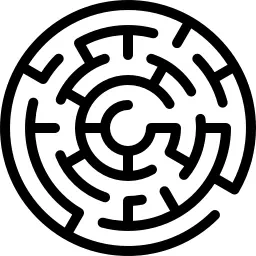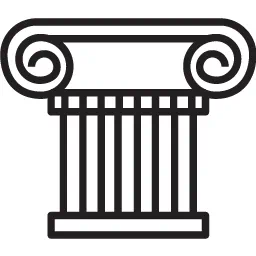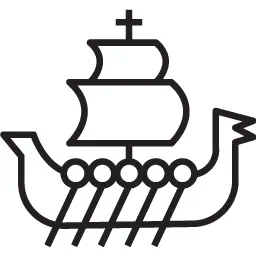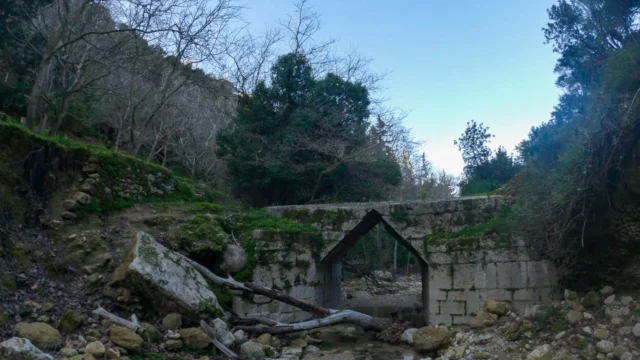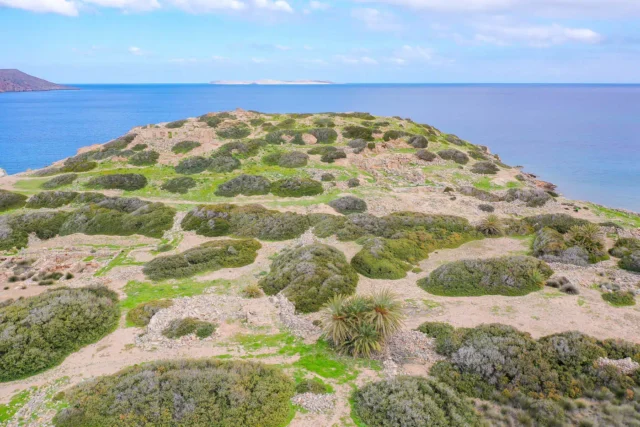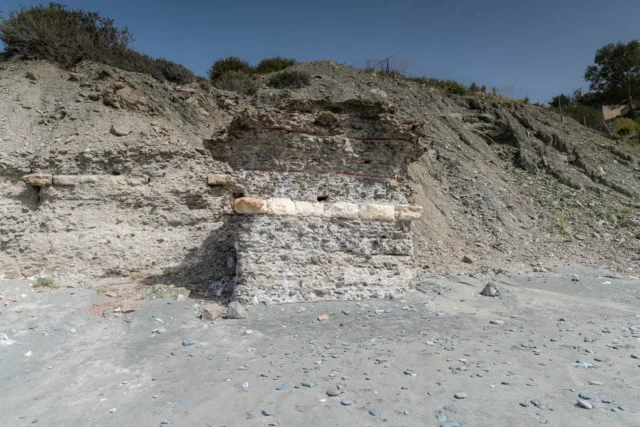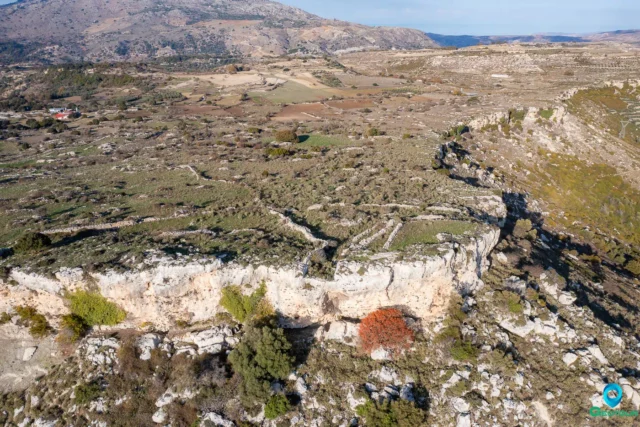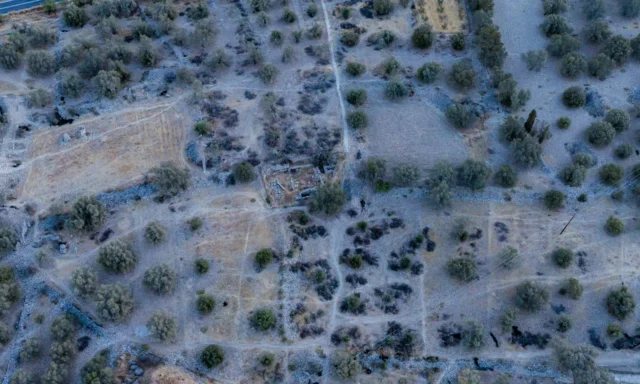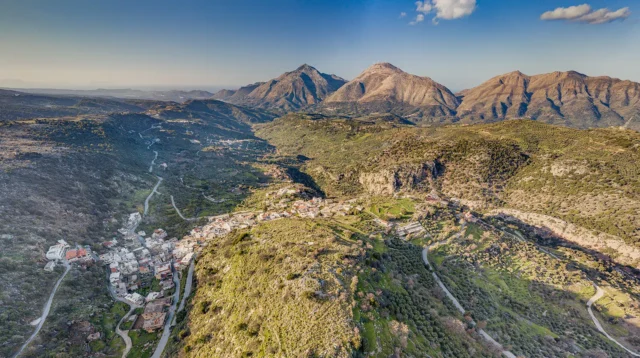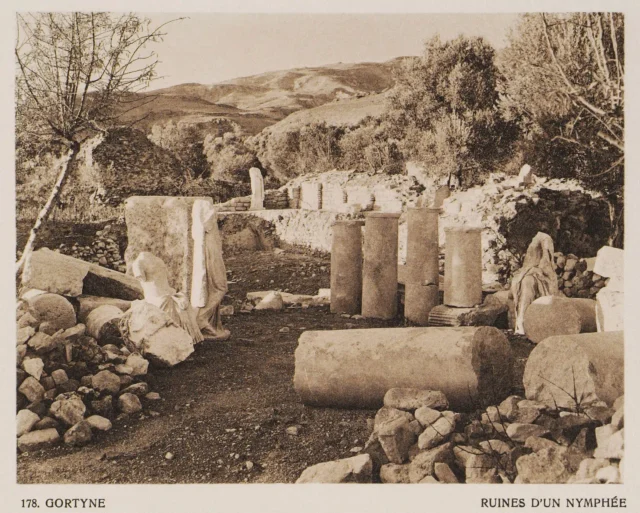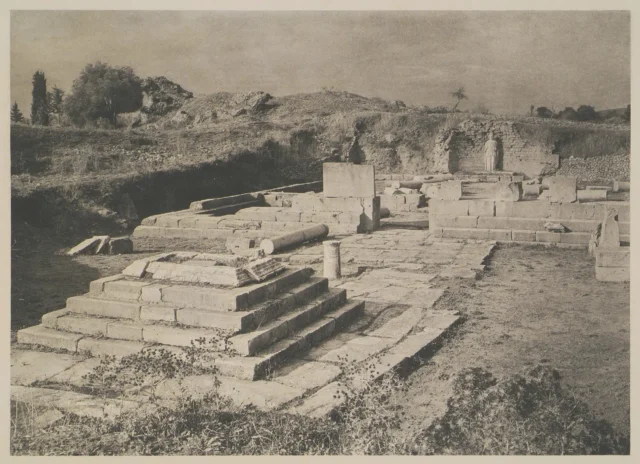After the Classical Period, Crete entered the Hellenistic period, which lasted from the death of Alexander the Great in 323 BC until the Roman conquest of the island in 67 BC. This period is marked by significant changes and challenges for the Cretan cities, as they navigated a complex political landscape and faced internal conflicts and external pressures.
The Cities
During the Hellenistic period, Crete was divided into numerous city-states, each with its own laws, government, and institutions. Some of the most prominent cities during this time included:
- Knossos
- Gortyn
- Lyttos
- Hierapytna
- Kydonia
- Hyrtakina
- Polyrrhenia
- Eleutherna
- Olous
- Praisos
- Itanos
- Lappa
These cities were often engaged in power struggles and conflicts, as they sought to expand their territories and influence.
Economy
The Cretan economy during the Hellenistic period was largely based on agriculture and trade. The fertile plains and valleys of the island produced a variety of crops, including grain, olives, and grapes. The Cretans also raised livestock, such as sheep, goats, and pigs.
Trade was an important part of the Cretan economy, as the island was strategically located on the trade routes between Greece, Egypt, and Asia Minor. Cretan cities exported agricultural products, timber, and other goods to these regions. They also imported luxury items, such as pottery, jewelry, and textiles.
Culture
The Hellenistic period was a time of cultural flourishing in Crete. The Cretan cities were centers of learning and the arts. The famous Palace of Knossos was built during this time, and it is considered one of the most important archaeological sites in Greece.
Cretan society was also influenced by the Hellenistic world. Greek culture and language became more widespread on the island. The Cretans adopted new customs and practices from their neighbors in Greece, Egypt, and Asia Minor.
Conflicts
The Hellenistic period was also a time of conflict for Crete. The Cretan cities were often at war with each other, as they competed for power and resources. In addition, Crete was invaded by a number of foreign powers, including the Macedonians, Ptolemies, and Romans.
Macedonian
In the late 4th century BC, Philip V of Macedon sought to expand his influence in Crete. He supported various Cretan cities in their wars against each other. However, Philip’s ambitions were eventually thwarted by the Romans, who defeated him in the Second Macedonian War (200-197 BC).
Ptolemies
The Ptolemies, the rulers of Egypt, also sought to gain influence in Crete during the Hellenistic period. They supported various Cretan cities in their wars against each other. However, the Ptolemies’ influence in Crete waned in the 2nd century BC, as the Romans became more powerful in the region.
Romans
In 69 BC, the Romans invaded Crete under the command of Quintus Caecilius Metellus. The Cretans fiercely resisted the Roman invasion, but they were eventually defeated in 67 BC. Crete then became a Roman province.
The Cretan Koinon
In the Hellenistic period, many Cretan cities joined together to form the Cretan Koinon. This was a loose federation of city-states that aimed to promote cooperation and peace on the island. However, the Koinon was not always successful in preventing conflict between its members.
The Roman Conquest
In 69 BC, the Romans invaded Crete under the command of Quintus Caecilius Metellus. The Cretans fiercely resisted the Roman invasion, but they were eventually defeated in 67 BC. [Image 1] Crete then became a Roman province, bringing an end to the Hellenistic period on the island.
Despite the challenges and conflicts of the Hellenistic period, Crete remained an important center of culture and trade. The island made significant contributions to Greek civilization, and its legacy is still felt today.


